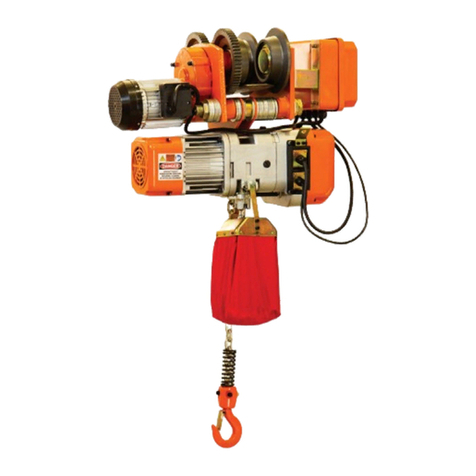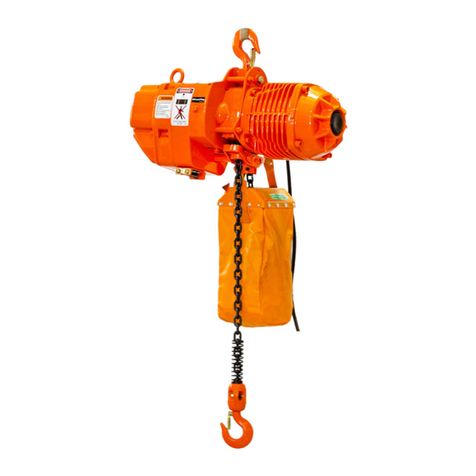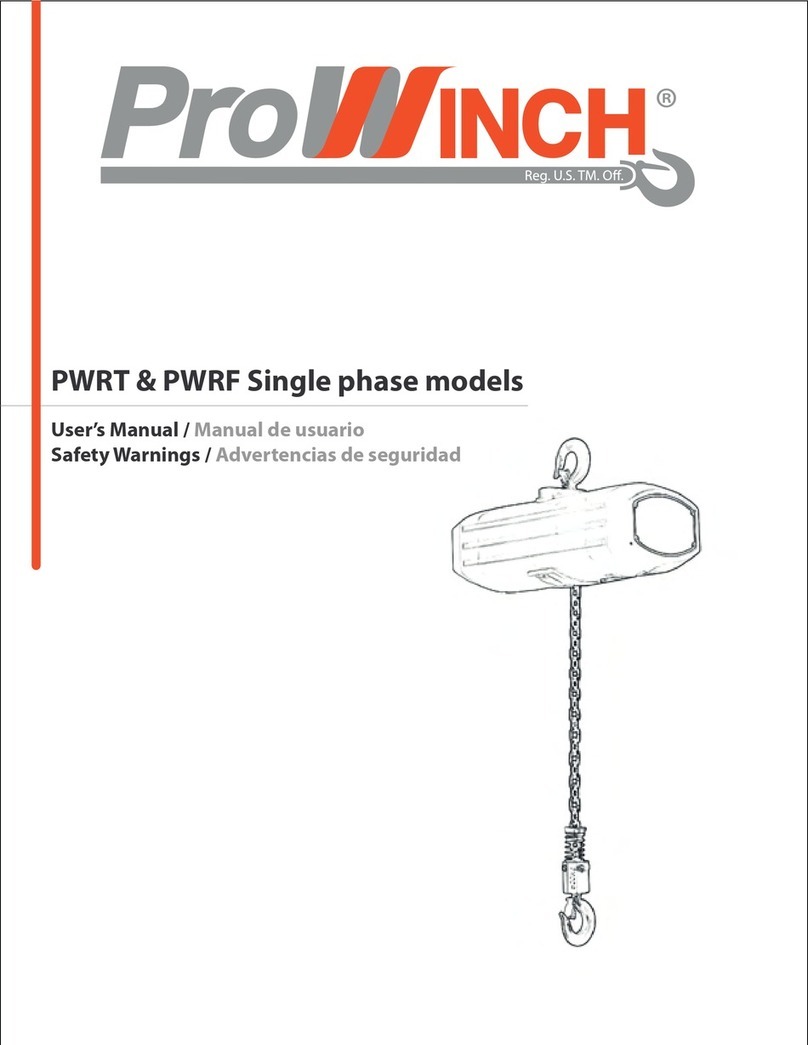
3PWH
Version 1.0 | 3 |
PROPERTY REGISTRY Nº 189487
ANY REPRODUCTION IS FORBIDDEN
PROPERTY OF PROWINCH® 2018 - V8.0 ALL RIGHTS RESERVED
PROWINCH LLC COMPANY WITH QUALITY MANAGEMENT SYSTEM
Prowinch® LLC declares that it has made available to the Customer each and every one of the security warnings related to the
purchased product and that, as a result, it does not assume any responsibility for any damages or losses that may be suered
by the client or third parties. Cause or as a direct or indirect consequence of the breach or omission of any of the instructions or
safety warnings contained in the User Manual and Security Warnings corresponding to the unit purchased.
In this sense, Prowinch® LLC will not be liable for accidents and / or damages to persons and / or property resulting from the
negligent use of the product. In no case does Prowinch® LLC assume any liability arising from the use of these voluntary rec-
ommendations, and does not oer any guarantee in relation to them. These recommendations do not take precedence over
the current safety regulations of the plant. For purposes of enforcing the Warranty of the product purchased, Prowinch® LLC,
will only be liable for any damage when it is possible to prove that the user has followed each and every one of the warnings
contained in the User Manual and Safety Warnings.
PROWINCH® DISCLAIMER
1. It is the sole responsibility of the Client / User to verify
that the acquired equipment, products and accessories
comply with the characteristics, capacities, requirements,
components, accessories and other conditions for the use
that the Client / user intends to give it.
2. It is also the sole responsibility of the Client / User to en-
sure that the equipment and products purchased are oper-
ated and maintained with adequate safety standards and by
personnel duly trained in the use thereof. The Client / User
is also responsible for implementing all the security mea-
sures necessary to prevent accidents or damages to people
or property and for following the indications and warnings
of the corresponding manual.
3. Any assistance provided by Prowinch® LLC in the selec-
tion of the equipment, the capacities and characteristics re-
quired by the clients is delivered free of charge and based
on the information about the application, use and require-
ments indicated by the Client itself. It does not correspond
to Prowinch® LLC to verify the accuracy of the given informa-
tion. It is the sole and exclusive responsibility of the Client
-or who will use the equipment and products acquired- to
ensure that the specications comply with the capabilities,
characteristics, up-to-date maintenance and everything
necessary for a correct and safe operation in relation to the
intended use.
4. Prowinch® LLC recommends the use of winches with 4
brakes for personnel lifting. The use of winches of 3 brakes
or less or safety features lower than the best available for
personnel lifting, is the sole responsibility of the customer
in order to guarantee the safety of the personnel and users
of the equipment it is necessary to carry out the inspections
and maintenance of the equipment according to the rec-
ommended frequency in relation to its work cycle. It is
mandatory to keep record and evidence the written and
photographic reports of: Maintenance, Start-up, Load
Tests, Training, Certications, Inspections and Reports of
failures and accidents.
5. The aforementioned reports must be sent by email to
after the occurrence of an event.
6. Compliance with the timely implementation of the
mandatory activities described in points 6 and 7 in ad-
dition to all the activities mentioned in the correspond-
ing rules applied are the sole responsibility of the user.
Failure to comply with the foregoing conditions releases
Prowinch® LLC from any type of Liability and Warranty to
the team, customer, sta or user, or any other liability that
could be attributed to Prowinch® LLC.
7. The information contained in this manual may con-
tain technical errors or inaccuracies. Prowinch® LLC is
not responsible for typing errors, omission or incorrect
information.
8. This manual is subject to change without prior notice.
Download the latest version available at www.prowinch.
com.
9. Always check www.prowinch.com for the latest infor-
mation regarding this product.































